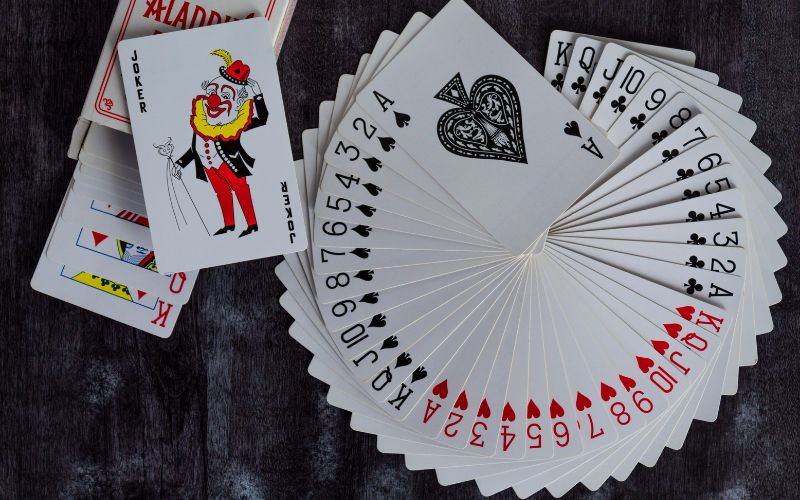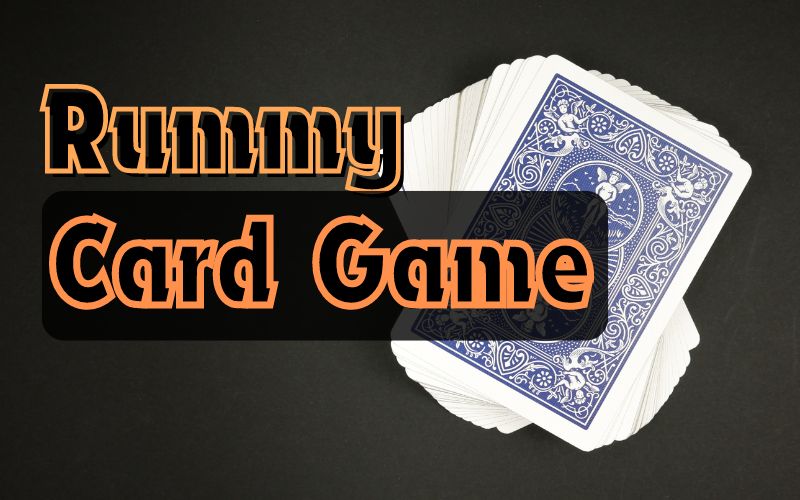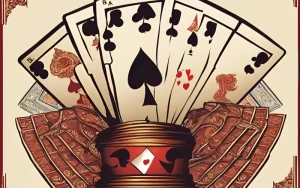India Rummy card game is a captivating and strategic card game with a rich history, widely enjoyed across various cultures. It’s a game of skill, memory, and strategy, where the goal is to form sets or runs from the dealt cards. This article provides a comprehensive overview of Rummy, including its origins, rules, variations, strategies, and tips for players seeking to enhance their experience.
Indian Rummy Card Game Historical Background
Indian Rummy Card Game has a storied past, with origins tracing back to the early 19th century. While its precise beginnings are somewhat obscure, it is widely believed to have evolved from several traditional card games. The game’s development is often associated with the Mexican game “Conquian,” which is considered a precursor to modern Rummy. As it spread globally, various forms of Rummy emerged, each with unique rules and variations.
Indian Rummy Card Game Basic Rules and Objective

In Online Rummy, the primary objective is to arrange your cards into valid sets or runs. A set consists of three or four cards of the same rank but different suits (e.g., 7♠, 7♦, 7♥), while a run is a sequence of three or more consecutive cards of the same suit (e.g., 4♠, 5♠, 6♠). Players are dealt a hand of cards and take turns drawing from the deck or the discard pile to achieve this objective.
Setup
Number of Players: Indian Rummy Card Game can be played with 2 to 6 players, although the standard version is typically played with 2 to 4.
Deck: A standard 52-card deck is used, and in games with more than four players, additional decks might be shuffled in.
Dealing: Each player is dealt a specific number of cards, usually 10 for a game of 2-4 players or 7 cards for games involving 5-6 players. The remaining cards form the stockpile, and the top card is placed face-up to start the discard pile.
Indian Rummy Card Game Gameplay
Turn Sequence: On a player’s turn, they draw a card from either the stockpile or discard pile and then discard one card to the discard pile. The goal is to arrange the cards in valid sets or runs.
Melding: Players can lay down their valid sets or runs on their turn. In some Rummy variations, players need to achieve a minimum number of points in their melds before they can lay down their cards.
Winning: The game ends when a player “goes out” by arranging all their cards into valid sets or runs and discarding their last card. Alternatively, the game can end when the stockpile is exhausted, and the player with the lowest point total wins.
Popular Variations of Indian Rummy Card Game
Rummy’s versatility is reflected in its many variations, each offering a unique twist on the standard rummy rules. Some of the most popular variations include:
- Gin Rummy: A two-player version where players aim to form melds and minimize their deadwood points (unmatched cards).
- Indian Rummy: Played with two decks and jokers, where players must form at least two sequences, one of which must be a pure sequence (without jokers).
- Kalooki: Similar to Gin Rummy but includes the use of jokers as wild cards, and players can “knock” to end the game if their unmatched points are below a certain threshold.
- Kalooki 40: A variant of Kalooki that requires players to make a specific number of points to win.
Indian Rummy Card Game Strategy and Tips
Rummy is a game where skillful play can significantly improve your chances of winning. Here are some strategies and tips:
Observe Opponents: Pay attention to the cards discarded by opponents to gauge their strategy and the cards they are collecting.
Manage Your Hand: Try to keep cards that can form multiple sets or runs. Avoid holding onto high-point cards as they can increase your total if an opponent goes out.
Discard Wisely: Discard cards that are less likely to be useful to your opponents. Avoid discarding cards that could help your opponents complete their sets or runs.
Use Jokers Strategically: In rummy games that include jokers, use them to complete sets or runs, but try to avoid holding onto them until the last moment to minimize the risk of your opponents using them against you.
Conclusion
Rummy card game is more than just a card game; it’s a blend of tradition, strategy, and skill that has captivated players around the world. Whether you’re playing a classic version or exploring one of its many variations, Rummy offers endless opportunities for enjoyment and challenge. By understanding the Indian Rummy Card Game rules, mastering strategies, and adapting to different game variations, players can enhance their gameplay and experience the full depth of this timeless card game.







